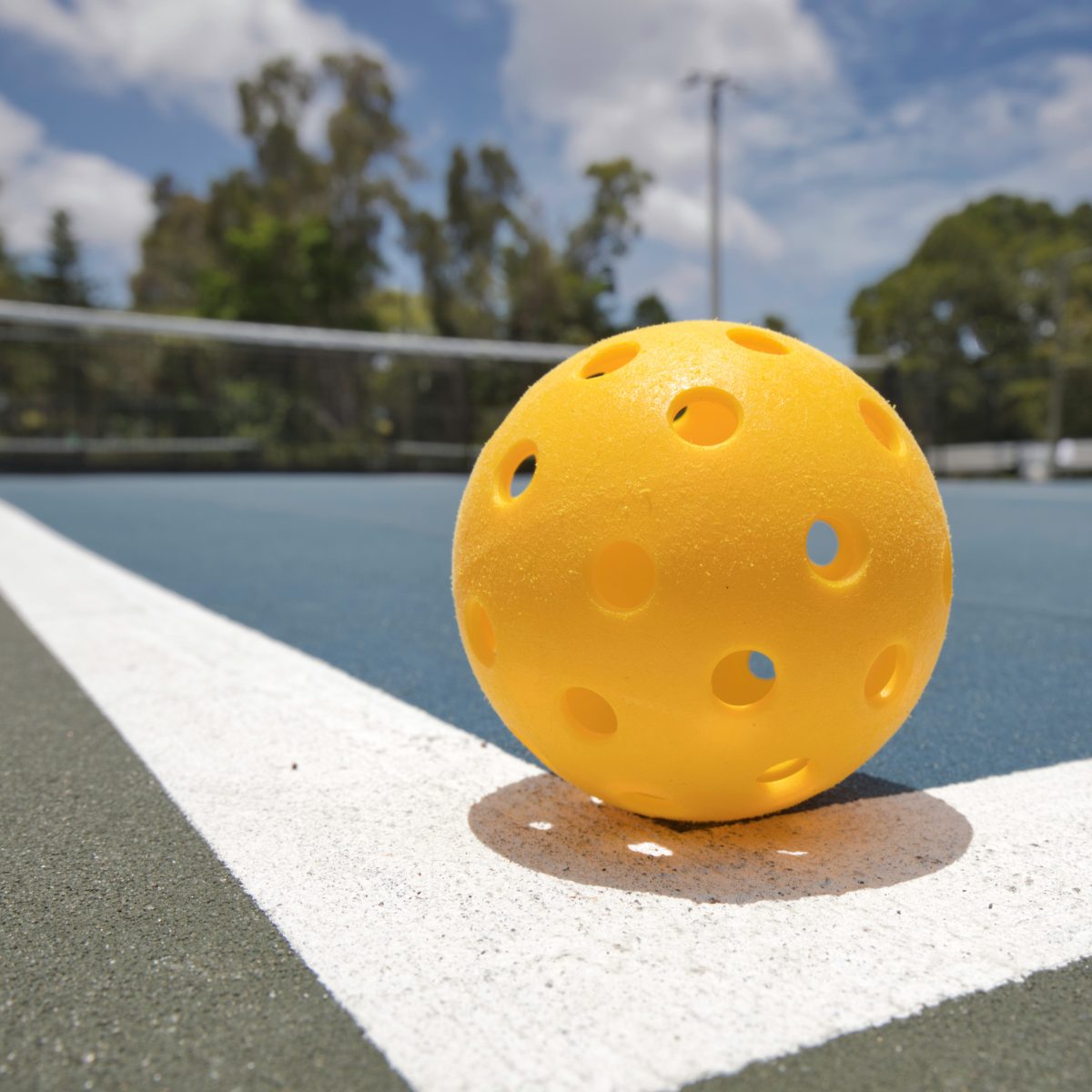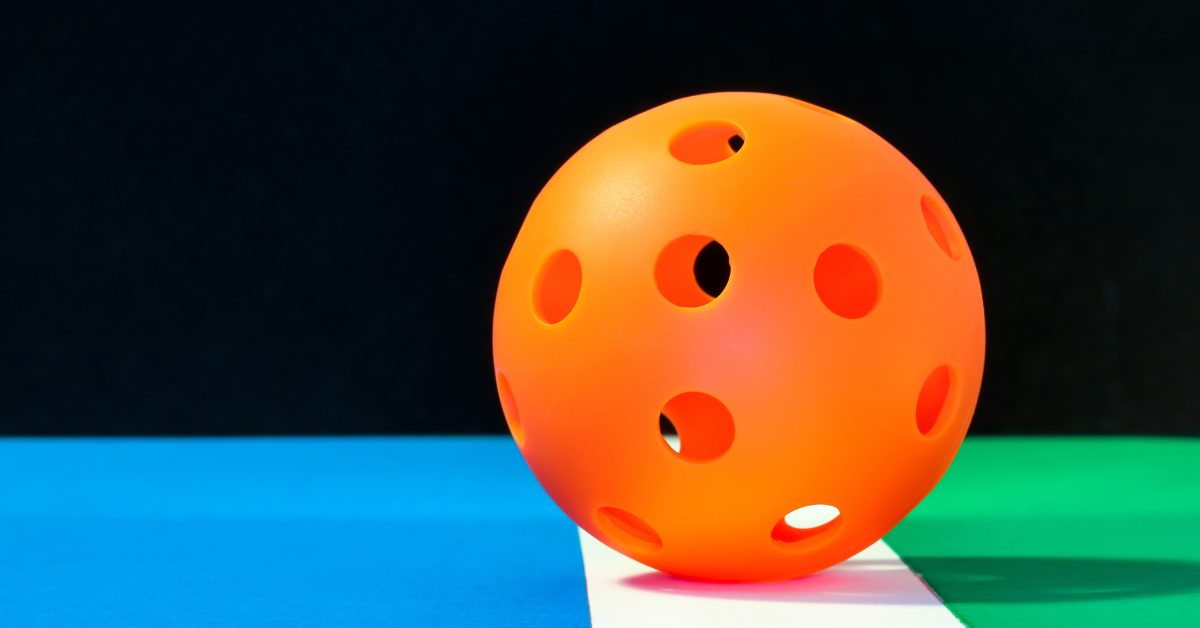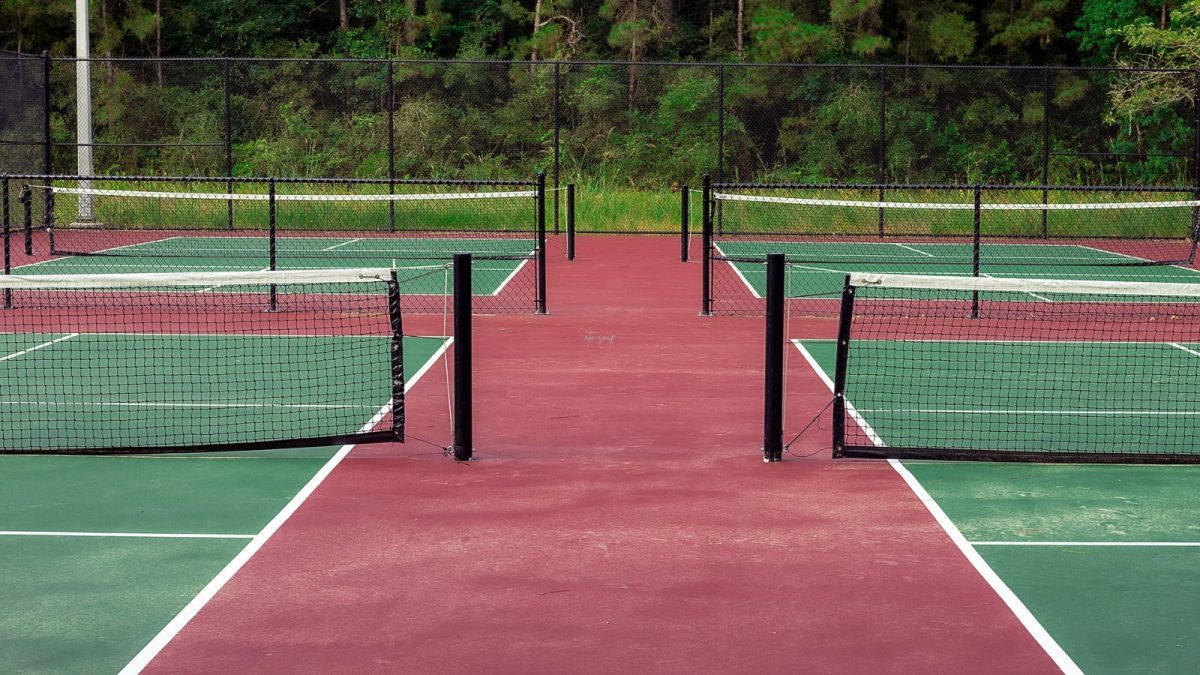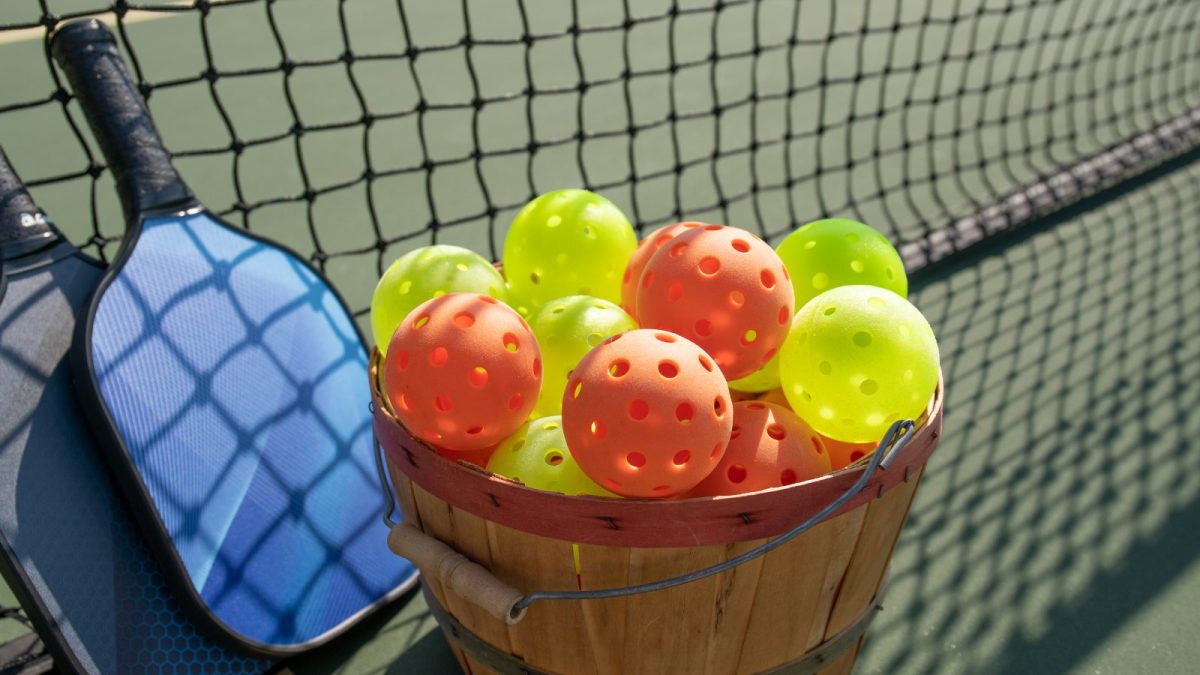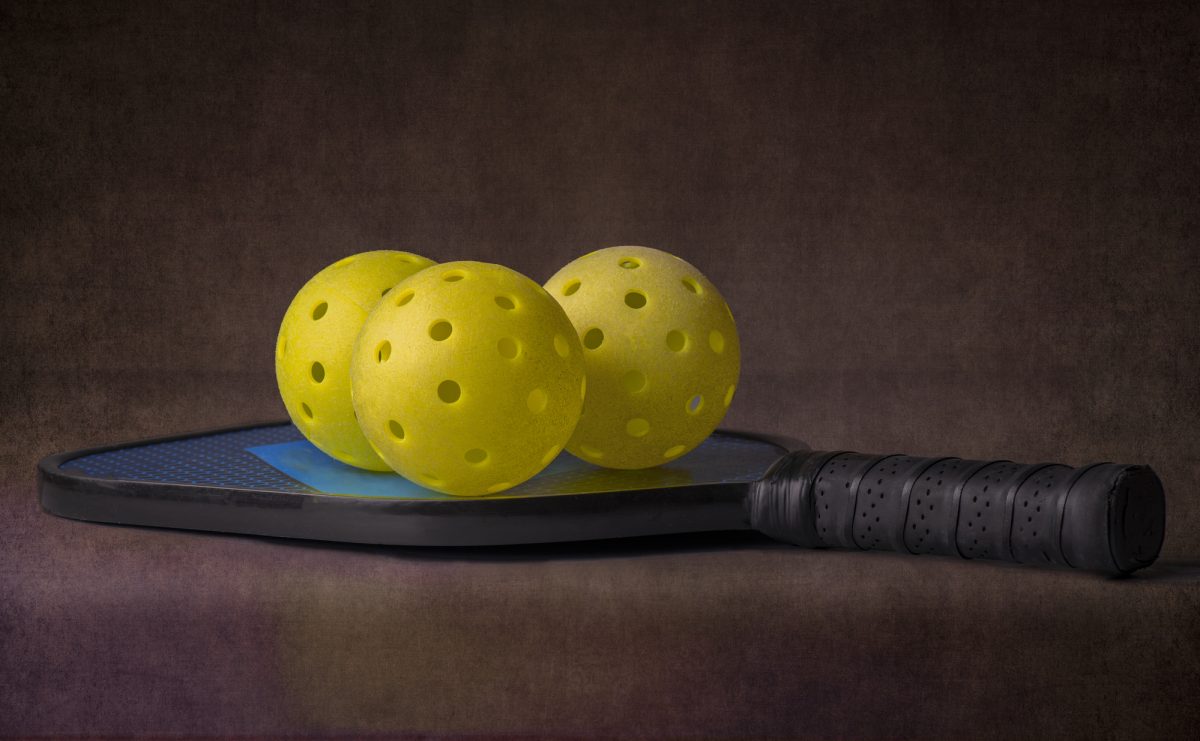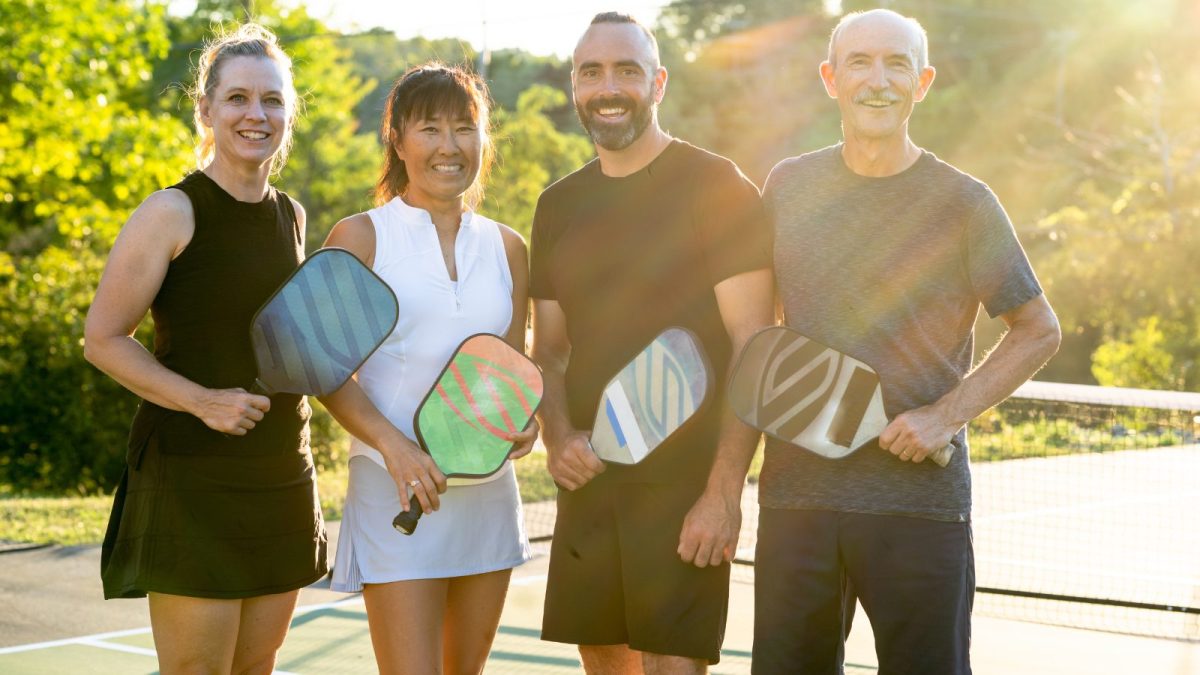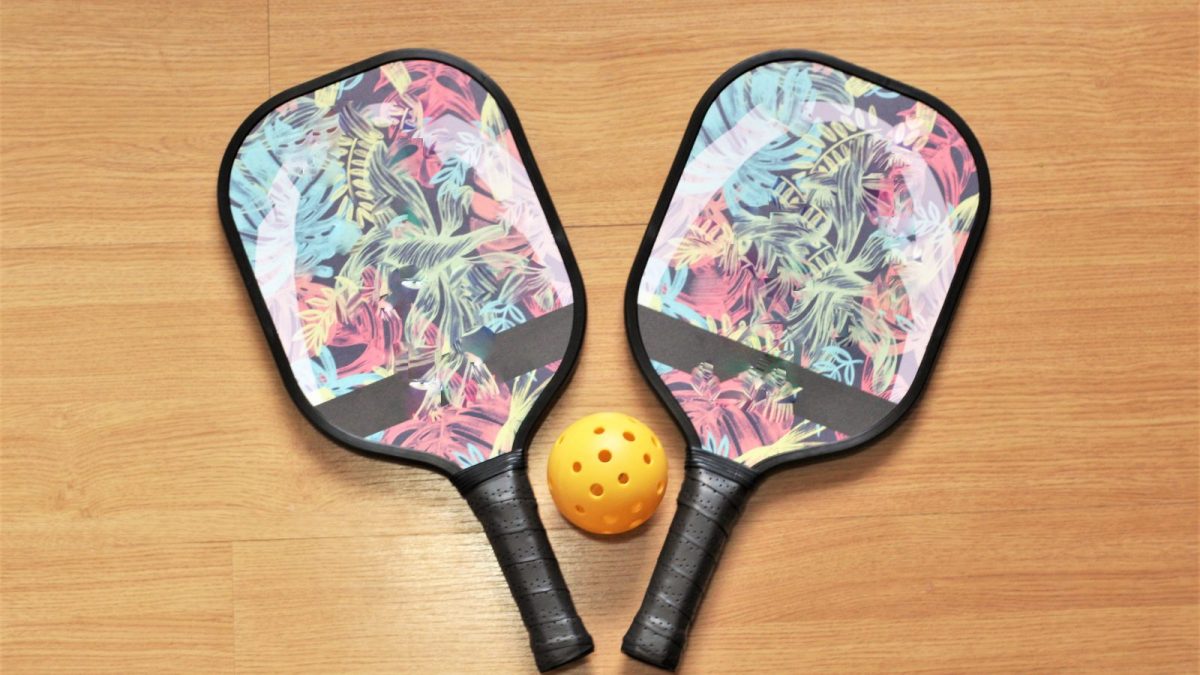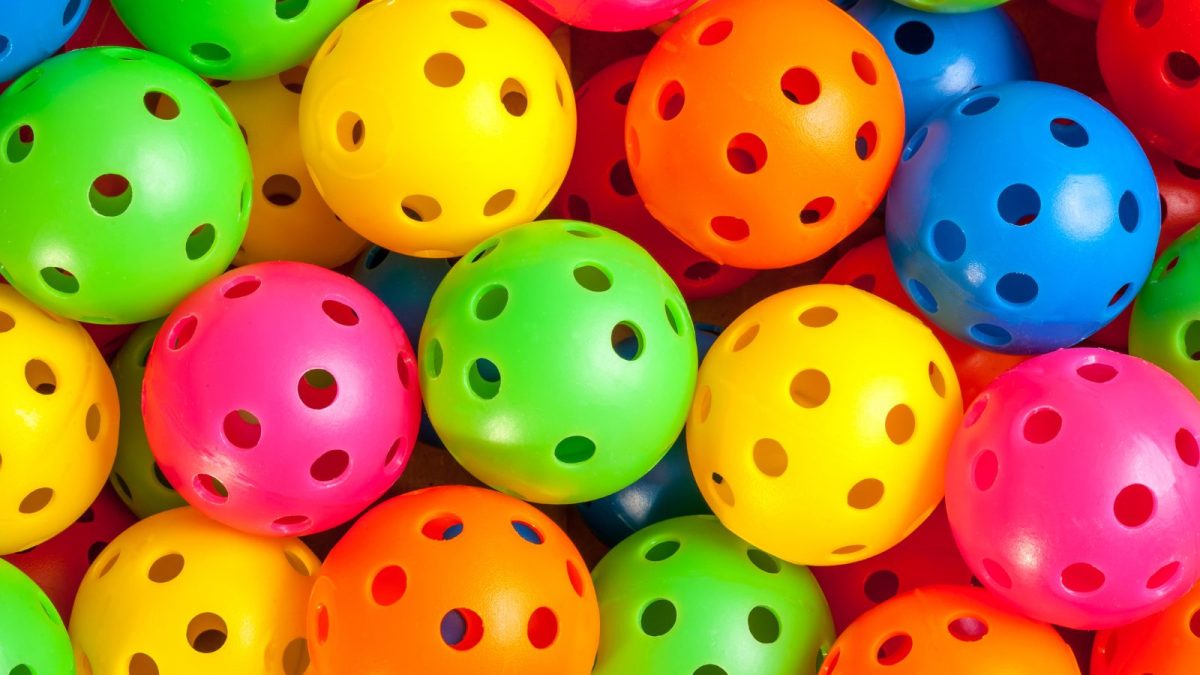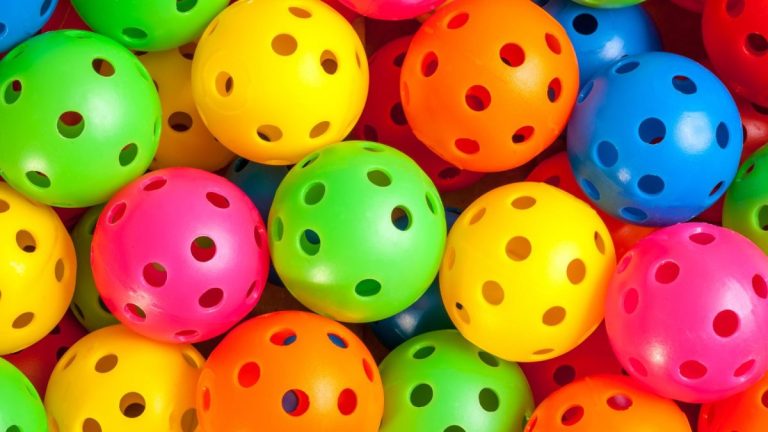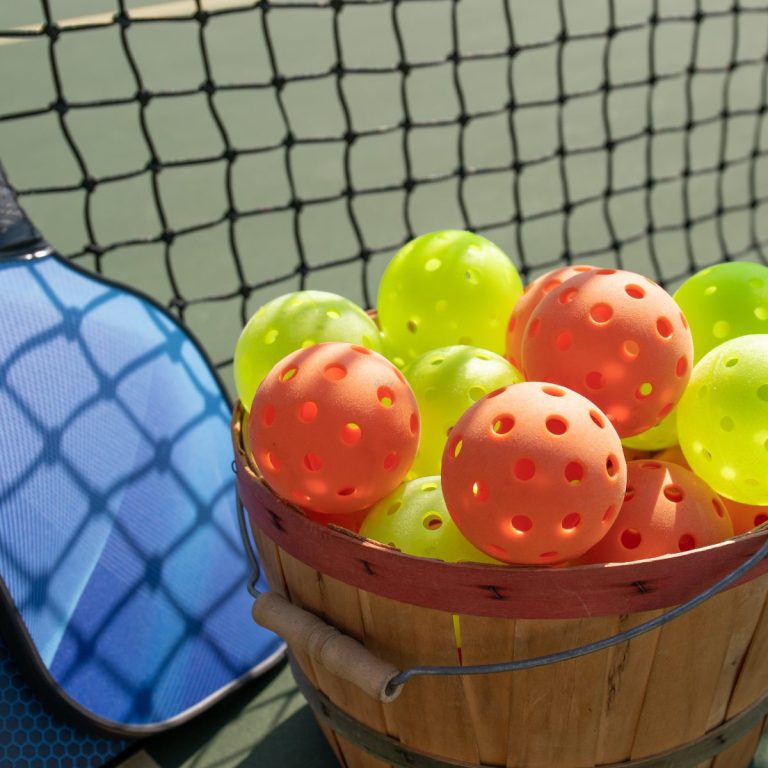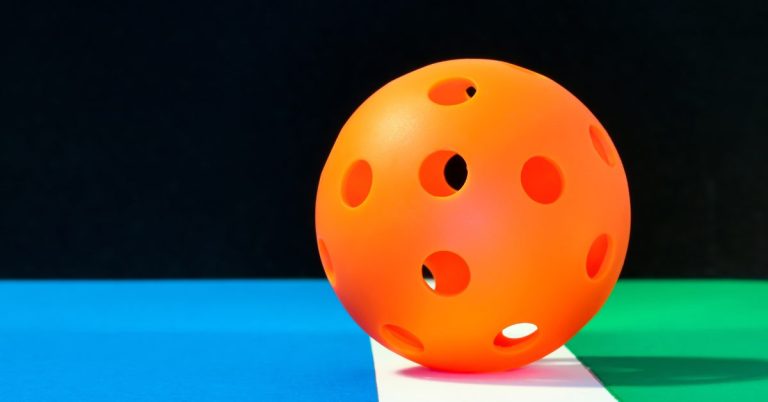How to Play Pickleball: A Beginner’s Guide
So, you’re wondering what all the fuss is about pickleball. How to play pickleball: a beginner’s guide will give you everything you need to know about the sport and how to play. Pickleball is one of the fastest-growing sports in the United States, and for good reason. It’s a fun and easy-to-learn game that combines tennis, badminton, and ping-pong elements. Pickleball is a great option whether you’re a seasoned athlete or just looking for a new way to get active.
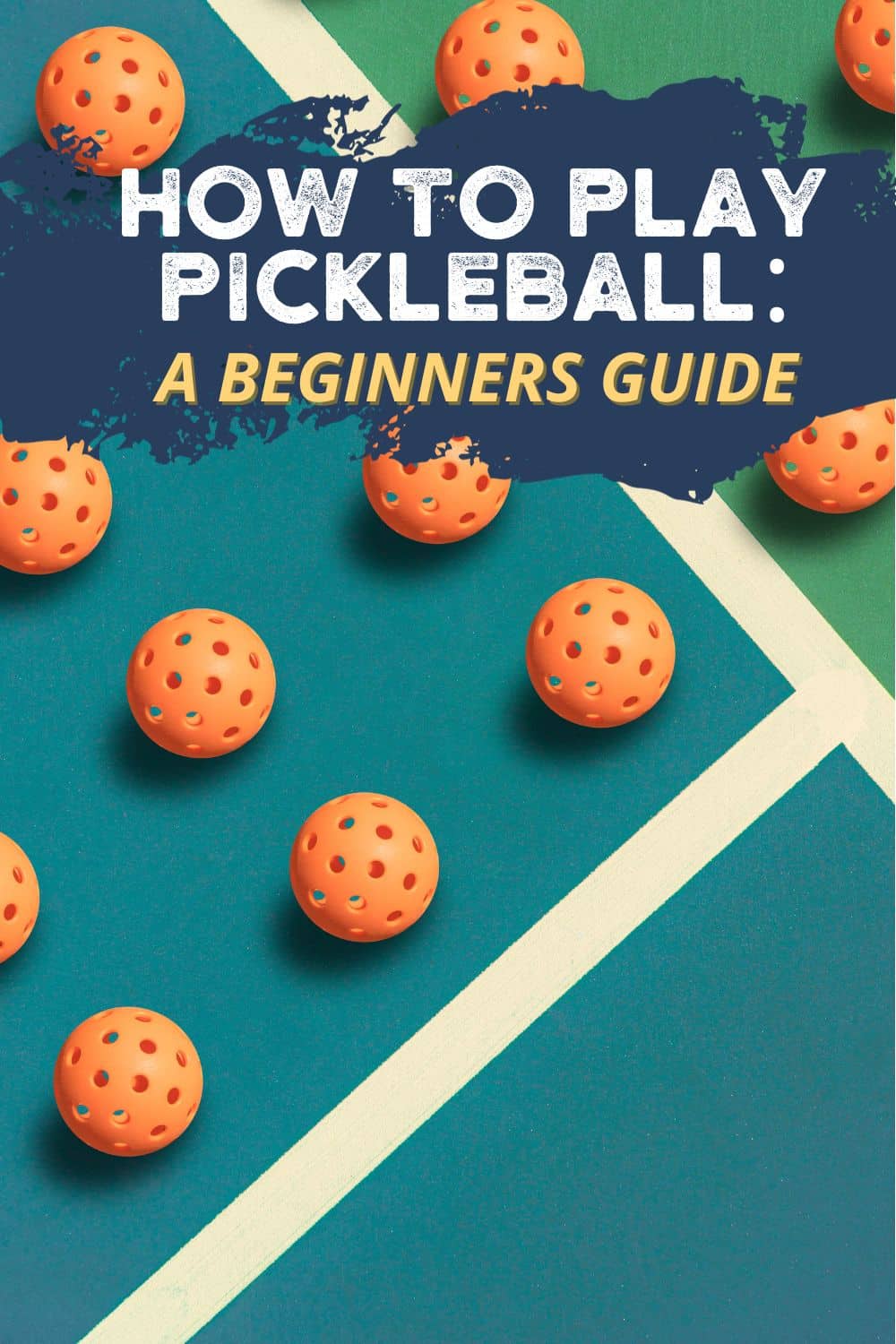
If you’re new to the game, don’t worry. Learning how to play pickleball is simple. You play the game on a small court with a low net, and the rules are easy to follow. Get started and join the millions enjoying this exciting sport by learning the basics of playing pickleball.
Understanding the Basics of Pickleball for Beginners
History and Growth of Pickleball
The history of the sport is a very unique and ever-evolving. In 1965, Joel Pritchard, a Washington State congressman, along with Barney McCallum and Bill Bell, invented pickleball. They adapted the game on a badminton court in Pritchard’s backyard. The sport gained rapid popularity, spreading across the United States, and now boasts over 5,000 locations in the US alone, as well as internationally.
Equipment Needed to play Pickleball
To play pickleball, you need a few essential pieces of equipment. The most important part of the equipment is the pickleball itself. Pickleballs are similar to wiffle balls and are made of plastic with holes. They come in different colors and can be found in varying levels of hardness.
In addition to the ball, you will need a paddle to hit it with. Pickleball paddles come in different materials, such as wood, graphite, and composite. The weight and size of the paddle can also vary. Choosing a paddle that feels comfortable in your hand and suits your playing style is important.
Other gear that can be helpful include pickleball shoes and apparel. Pickleball shoes are designed to provide better traction on the court and to support the movements required for the sport. Clothing such as moisture-wicking shirts and shorts can also help keep players comfortable during long games.
One helpful tool for pickleball players is the PicklePlay app. This app provides players with various resources, such as the game’s rules, tips for improving their skills, and a court finder to locate nearby pickleball courts.
Overall, understanding the basics of pickleball and the equipment needed to play can help beginners get started in the sport with confidence.
The Pickleball Court
Pickleball is played on a court that is similar in size to a badminton court. However, the court is marked differently and has a few unique features. In this section, we will cover the court size, layout, kitchen, and non-volley zone.
Pickleball Court Size and Layout
A pickleball court is 20 feet wide and 44 feet long, the same size as a doubles badminton court. The court is divided in half by a net 36 inches high at the sidelines and 34 inches tall at the center. The court is marked with boundary lines that are 2 inches wide.
The service court is located on each side of the net and is 10 feet wide and 22 feet long. The service court is divided into two halves by the centerline. The area between the service court and the baseline is called the “no-volley zone” or “kitchen.”
The Kitchen and Non-Volley Zone
The kitchen is a 14-foot area on either side of the net that extends back to the service line. Players are not allowed to hit the ball while standing in the kitchen unless the ball bounces in the kitchen first. This rule is in place to prevent players from smashing the ball down onto their opponents from close range.
The non-volley zone is a 7-foot area on either side of the net that extends back to the service line. Players cannot hit the ball while standing in the non-volley zone unless the ball bounces in the area first. This rule is in place to prevent players from hitting the ball too aggressively from close range.
Understanding the layout of the pickleball court is essential for any player who wants to play the game competitively. By following the rules and respecting the boundaries of the court, players can enjoy a fun and challenging game of pickleball.
Rules and Scoring in Pickleball
Basic Pickleball Rules for a Beginner
Pickleball is a paddle sport that combines elements of tennis, badminton, and ping-pong. The game is played on a court with a net and can be played in singles or doubles. The game’s objective is to hit the ball over the net and land it within the boundaries of the opponent’s court while making it difficult for the opponent to return the ball.
The basic rules of pickleball include serving underhand, allowing only one serve attempt, and letting the ball bounce once on each side of the net before hitting it. The ball must also be hit diagonally, and players must stay within their respective service areas until it is served.
How to Keep Score in Pickleball
The scoring system in pickleball is similar to that of tennis. A game is played to 11 points, and a player must win by two points. A point is awarded to the serving team if the opposing team commits a fault or fails to return the ball. If the serving team wins the point, they continue to serve. If the receiving team wins the point, they gain the serve.
Faults and Penalties
Players must be aware of several faults and penalties in pickleball. These include:
- Serving out of turn
- Hitting the ball out of bounds
- Hitting the ball into the net
- Stepping into the non-volley zone and hitting the ball
- Failing to let the ball bounce before hitting it
- Touching the net with any part of the body or paddle
- Carrying or throwing the ball
If a fault is committed, the opposing team is awarded a point, and the serve is given to the opposing team. If a player commits a fault twice in a row, it results in a “side out,” and the serve is given to the opposing team.
The scoring system is essential to playing pickleball effectively. Players can score points and win games by following the rules and avoiding faults and penalties.
How to Play Pickleball: A Beginners Guide
Pickleball is a fun and exciting sport that people of all ages and skill levels can play. Here are some essential tips to help you get started.
How to Serve in Pickleball
Serving is an essential part of pickleball. To serve, stand behind the baseline and hit the ball underhand. The ball must clear the net and land in the opposite service court. The server needs to maintain one foot behind the baseline until striking the ball. If the ball hits the net and lands in the correct service court, it’s a “let,” granting the server another chance.
Returning the Ball
Returning the ball is the most critical part of pickleball. The goal is to hit the ball back over the net and into the opponent’s court without letting it bounce twice. You must watch the ball’s trajectory and position yourself correctly when returning it. If the ball bounces twice on your side of the court, your opponent gets a point.
Mastering the Pickleball Dink Shot
The dink shot is a soft, short shot that falls just over the net. It is an essential part of pickleball and can be used to set up a winning shot. To execute a dink, hold your paddle with a loose grip and use a short, quick motion to tap the ball over the net. The goal is to make the ball land just over the net and fall into your opponent’s court.
Mastering the dink shot is crucial to winning at pickleball. A good dinking strategy can help you control the game’s pace and keep your opponents off balance. When dinking, staying patient and waiting for the right opportunity to make your move is essential.
Pickleball is a fun and exciting sport that people of all ages and skill levels can enjoy. You can improve your game and become a more confident player by mastering the serve, return, and dink shots.
Pickleball Strategies and Tips
Singles Play Strategy (1 on 1 Pickleball Strategy)
When playing pickleball singles, the player must cover the entire court alone. The following strategies and tips can help improve a player’s singles game:
- Use the two-bounce rule to your advantage by positioning yourself near the center of the court, allowing you to reach both sides quickly.
- Stay alert and anticipate your opponent’s shots to make quick and effective returns.
- Mix up your shots by varying the ball’s speed, spin, and placement to keep your opponent off balance.
- Play aggressively when the opportunity arises, but be patient and wait for the right moment to attack.
- Use your smash sparingly and strategically, as a poorly executed smash can give your opponent an easy point.
Doubles Play Strategy (2 on 2 Pickleball Strategy)
In pickleball doubles, communication and teamwork are essential for success. The following strategies and tips can help improve a team’s doubles game:
- Communicate with your partner throughout the game to ensure you are both on the same page and avoid confusion.
- Play to your strengths and position yourself accordingly. For example, if one player has a strong backhand, they should cover the backhand side of the court.
- Use the middle of the court to your advantage by hitting shots that split the opponents and create confusion.
- Be aware of your opponent’s weaknesses and exploit them with targeted shots.
- Stay focused and maintain a positive attitude, even if the game is not going your way.
Whether playing singles or doubles, it is important to have a solid strategy and remain adaptable to changing circumstances. By following these tips and practicing regularly, players can improve their pickleball skills and become more confident on the court.
Getting Started with Pickleball
Pickleball is a fun and exciting game that people of all ages can play. Whether you are a beginner or an experienced player, there are a few things you need to know to get started with pickleball.
Choosing the Right Pickleball Gear
The first thing you need to do is choose the right gear. Pickleball requires a few basic pieces of equipment, including a paddle, a ball, and proper footwear. When choosing a pickleball paddle, finding one that is comfortable and fits your playing style is important. The weight, grip size, and shape of the paddle can all affect your performance on the court. Similarly, the ball you choose should be appropriate for the game you are playing, whether indoor or outdoor pickleball.
In addition to the paddle and ball, you also need to wear proper footwear. Look for shoes that provide good traction, support, and comfort during matches.
Advanced Pickleball Techniques
Pickleball Backhand Shots
The backhand is a crucial shot in pickleball; mastering it can take your game to the next level. To improve your backhand, try the following techniques:
- Use a continental grip: Holding the paddle with a continental grip allows for greater control and power on your backhand shots.
- Practice footwork: Footwork is essential for getting into position to hit a backhand shot effectively. Practice moving your feet and positioning yourself to hit the ball with your backhand.
- Focus on follow-through: A proper follow-through is crucial for generating power and accuracy on your backhand shots. Make sure to follow through with your paddle after hitting the ball.
Pickleball Lob Shots
The lob helps get your opponent out of position and set up a winning shot. To perfect your lob, try the following techniques:
- Use a lightweight paddle: A lighter paddle can help you generate more power and control on your lobs.
- Focus on trajectory: A high arching trajectory is key for a successful lob. Aim to hit the ball high with plenty of spin to create an effective lob.
- Watch your opponent: Pay attention to your opponent’s position and movement on the court. A well-timed lob can catch them off guard and give you an advantage.
When playing pickleball, having the right equipment and gear is important to help you succeed. Wear shoes with good traction to avoid slipping on the court, and choose a paddle with a grip size that feels comfortable in your hand. Additionally, consider using a paddle made from lightweight materials like fiberglass to help you generate more power on your shots.
Remember, success in pickleball comes from practice and dedication. Keep working on your technique, and don’t be afraid to try new things to improve your game.
Bonus tip: When choosing a ball to use, consider the level of play and court conditions. Outdoor balls are typically heavier and have larger holes, while indoor balls are lighter and have smaller holes. Choose a ball that suits your playing style and the court conditions you’re playing on.
Frequently Asked Questions
What are basic pickleball rules?
The basic rules of pickleball are simple and easy to learn. Players use a court similar to a badminton court but with a net lower than a tennis net. They serve the ball diagonally, ensuring it clears the non-volley zone. The game progresses until one side scores 11 points, with the winner securing a 2-point lead.
What are the three skills needed to play pickleball?
Three skills are essential to play pickleball: hand-eye coordination, agility, and quick reflexes. Hand-eye coordination is crucial to hitting the ball accurately, while agility is necessary for moving around the court quickly. Quick reflexes are essential for reacting to the ball and returning it to the opponent.
Can you play pickleball with two people?
Yes, it is possible to play pickleball with just two people. This version of the game is called singles, and it is played on a smaller court than doubles. The rules of singles are the same as doubles, with a few minor differences.
Where to learn how to play pickleball?
There are many places to learn how to play pickleball, including community centers, parks, and recreation departments. Some gyms and sports clubs also offer pickleball lessons and clinics. Online resources, such as instructional videos and articles, can help learn the game.
